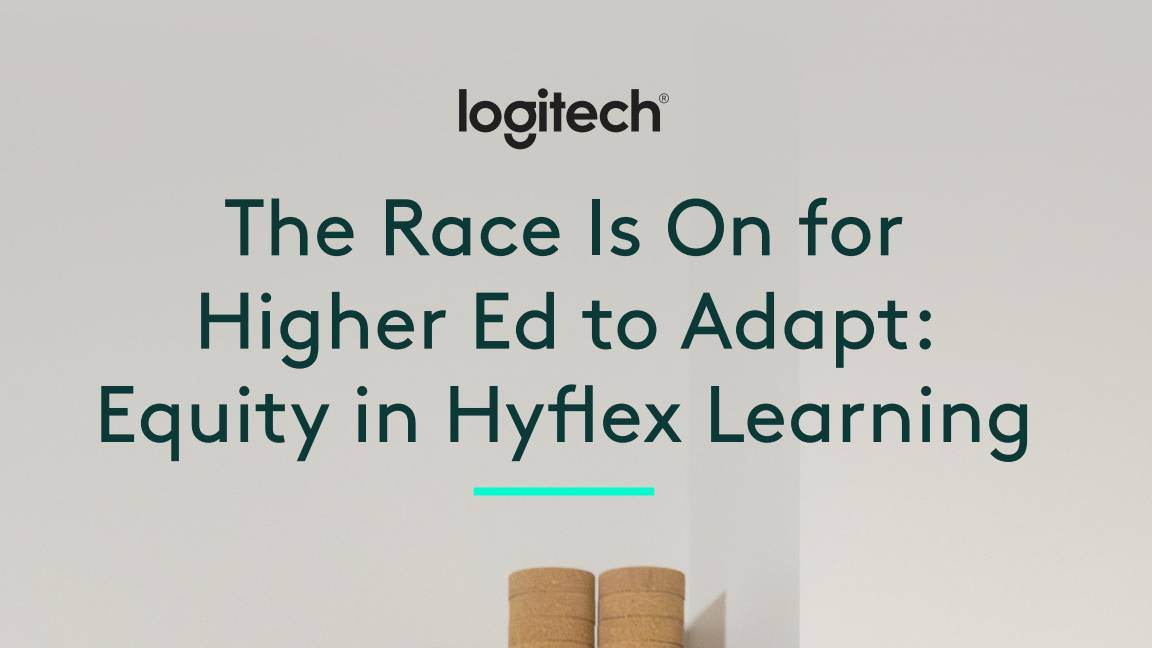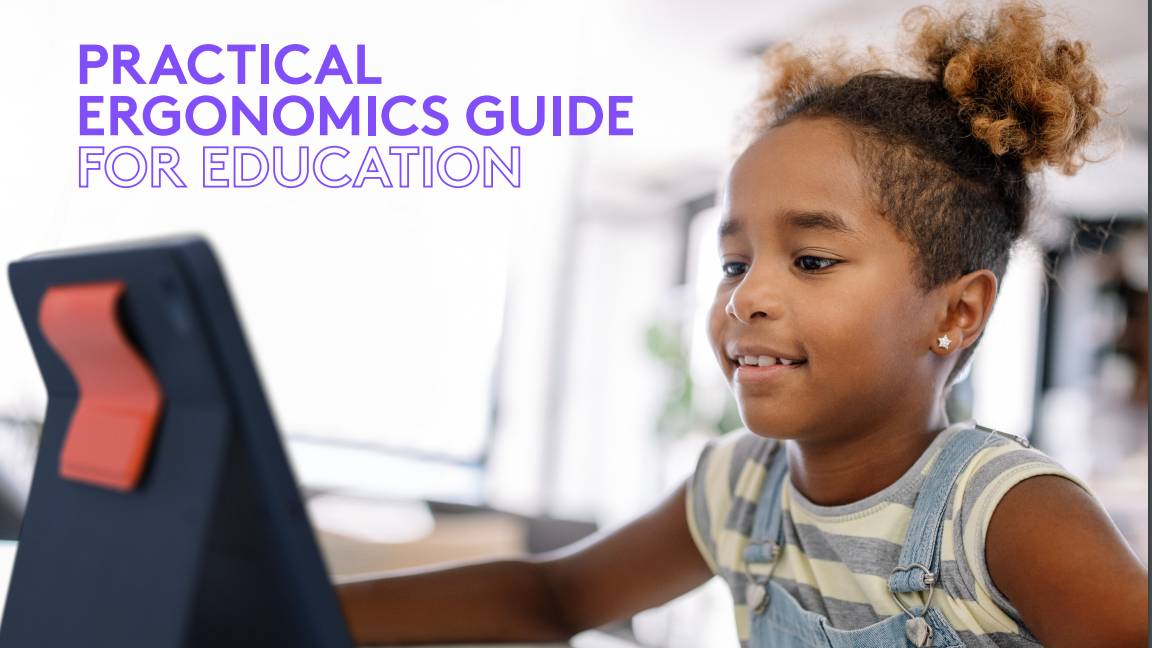Going paperless? Make your PDFs accessible
Why document accessibility should be at the top of your agenda


There's not much that's more frustrating for your staff than trying to fill out an online document and finding they can't even highlight the text.
Whether it's speeding up train season ticket loan applications or making your last board minutes available to all employees, there's many advantages to going paperless, and only one of those is about costs.
As part of a comprehensive and integrated Corporate Social Responsibility (CSR) strategy, organisations can stand out positively by providing compliant and accessible web pages and documents.
For staff with certain disabilities, barrier-free access to information is crucial, so accessibility should be at the top of your agenda. PDFs can help organisations offer this, looking the same no matter whether a worker is viewing the document on Windows, Mac, Linux or on the web. But you have to make sure your PDF is not only readable, but fully accessible.
For a PDF to be considered accessible, it must meet the following eight criteria:
1: Form fields must be accessible
Accessible PDF forms must contain fillable fields, as well as descriptions of these fields that can be read by a screen reading program. The fields must be called in a defined order using the tab key, so that people can fill out the form even if they are not able to use a mouse.
Get the ITPro daily newsletter
Sign up today and you will receive a free copy of our Future Focus 2025 report - the leading guidance on AI, cybersecurity and other IT challenges as per 700+ senior executives
2: The document must contain text and must be searchable
A scanned paper document exists only as an image. Assistive systems cannot recognise it, and it also cannot be read aloud or presented in Braille. This type of file must therefore be converted into searchable text by an Optical Character Recognition (OCR) system. Normally, it is necessary to do some manual editing to correct recognition errors, and include additional information such as bookmarks or alternative text descriptions for graphics or images in the document.
3: The document structure is created using tags, which define a logical reading order
Accessible PDFs have a hierarchical structure, clearly identifying headings, paragraphs, tables and lists. The structure of these tags creates a logical reading flow that assistive tools can use.
4: All links, graphics and form fields have a descriptive text
Accessible PDF documents contain alternative texts that describe the content of elements such as charts, illustrations, graphics, images, form fields, footnotes and links. Screen readers and other assistive tools can read this information and provide the user with an idea of the represented content.
5: The language of the document is defined
Some screen reading devices can read documents in different languages, with the correct emphasis and pronunciation. To use this function, the document must contain information about the language in which it was written.
6: The PDF document contains navigational aids
Links, bookmarks, headings and tables of contents all allow users to locate specific parts of the document directly, rather than having to plough through the entire text to find the information they want.
7: The security settings are configured correctly
Accessible documents must not be restricted in such a way that assistive tools are unable to access them. For example, screen readers may not be able to access content in documents in which copying text is prohibited.
8: The fonts used should contain characters that can be read
All information in an accessible PDF document should be presented in a way that allows assistive tools to extract and interpret it correctly. If fonts with special characters that cannot be read correctly are used, screen reader software will not be able to read the content.
Main image: Bigstock
Esther is a freelance media analyst, podcaster, and one-third of Media Voices. She has previously worked as a content marketing lead for Dennis Publishing and the Media Briefing. She writes frequently on topics such as subscriptions and tech developments for industry sites such as Digital Content Next and What’s New in Publishing. She is co-founder of the Publisher Podcast Awards and Publisher Podcast Summit; the first conference and awards dedicated to celebrating and elevating publisher podcasts.
-
 Should AI PCs be part of your next hardware refresh?
Should AI PCs be part of your next hardware refresh?AI PCs are fast becoming a business staple and a surefire way to future-proof your business
By Bobby Hellard Published
-
 Westcon-Comstor and Vectra AI launch brace of new channel initiatives
Westcon-Comstor and Vectra AI launch brace of new channel initiativesNews Westcon-Comstor and Vectra AI have announced the launch of two new channel growth initiatives focused on the managed security service provider (MSSP) space and AWS Marketplace.
By Daniel Todd Published
-
 The race is on for higher ed to adapt: Equity in hyflex learning
The race is on for higher ed to adapt: Equity in hyflex learningWHITEPAPER Fulfil student and faculty needs
By ITPro Published
-
 Practical ergonomics guide for education
Practical ergonomics guide for educationWHITEPAPER Save energy, focus, and promote overall well-being
By ITPro Published
-
 How to manage – and mitigate – performative working
How to manage – and mitigate – performative workingFeature An increasing number of people are putting on a show of working, rather than actually getting on with it
By Peter Ray Allison Published
-
 The ultimate guide to 3D
The ultimate guide to 3DWhitepaper Creative boost breaks
By ITPro Published
-
 Developing an end-to-end process for virtual photography
Developing an end-to-end process for virtual photographyWhitepaper Sharing the best practice of creating production-quality photographs with software
By ITPro Published
-
 Breaking down the barriers to 3D design
Breaking down the barriers to 3D designWhitepaper Designing for the future
By ITPro Published
-
 IDC: The business value of IBM Maximo
IDC: The business value of IBM MaximoWhitepaper Integral to the transformation of asset management
By ITPro Published
-
 UK's four-day week trial ends, leads to reduced burnout and sick days
UK's four-day week trial ends, leads to reduced burnout and sick daysNews Organisations reported overwhelmingly-positive results from the world's largest trial of this kind
By Rory Bathgate Published